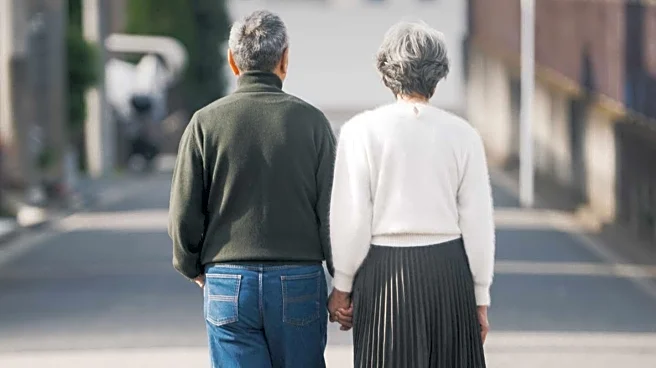What's Happening?
Japan has set a new record for its centenarian population, with 99,763 individuals aged 100 or older, marking the 55th consecutive year of increase. This demographic milestone is attributed to healthy lifestyles and low rates of fatal diseases. Women constitute a significant majority of this group. The country's oldest living person is Shigeko Kagawa, a 114-year-old retired physician. Japan's longevity is linked to diets rich in fish and vegetables, and active lifestyles among the elderly.
Why It's Important?
Japan's growing centenarian population underscores the effectiveness of its public health policies and cultural practices that promote longevity. This trend has implications for healthcare systems, social services, and economic planning, as an aging population requires adjustments in resource allocation and policy development. The phenomenon also serves as a model for other nations facing similar demographic shifts, offering insights into sustainable aging and wellness strategies.
Beyond the Headlines
While Japan celebrates its centenarians, the country faces a demographic challenge with a declining birth rate and increasing death rate, leading to a shrinking population. This situation prompts the government to implement family-oriented policies to encourage higher birth rates. The balance between celebrating longevity and addressing population decline presents a complex challenge for policymakers.











